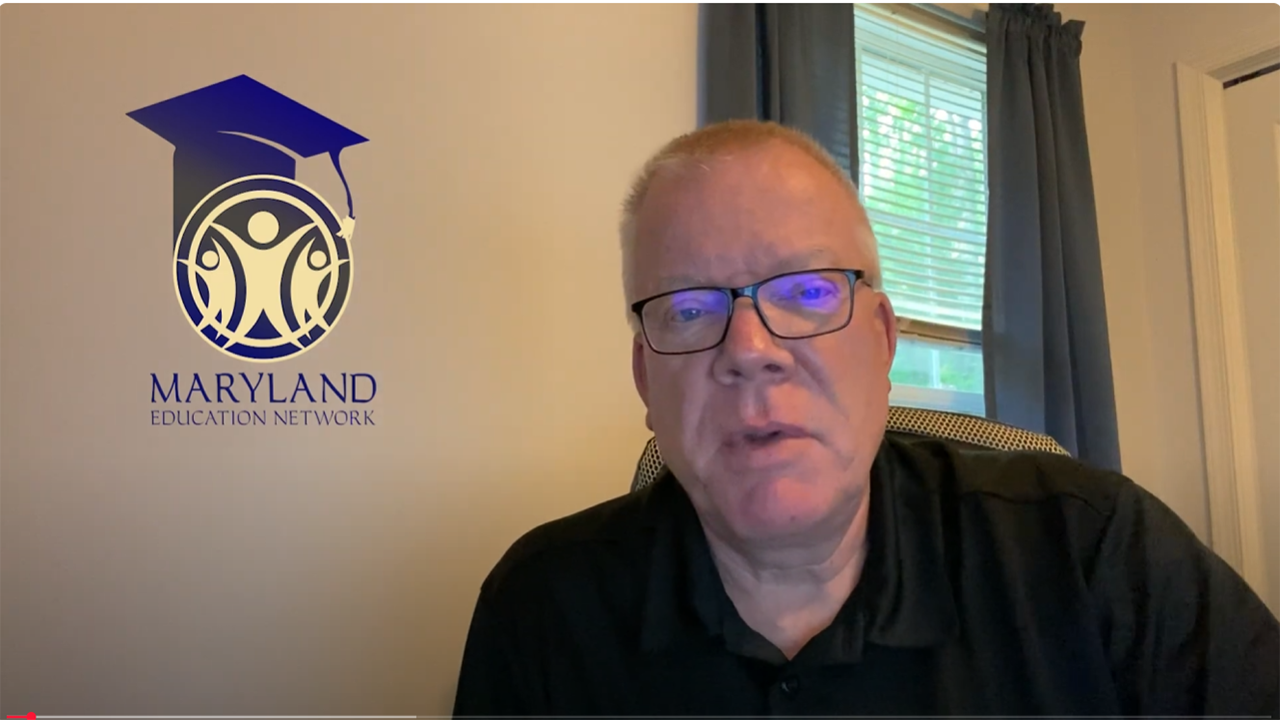

3 Tips When Dealing With Your Child’s School When You are Getting the Runaround
Navigating the educational system can sometimes be a daunting task for parents, especially when it feels like you’re hitting roadblocks or getting the runaround. When you encounter issues or have questions about your child’s education, it’s important to know how to effectively communicate and advocate for your child’s needs. In this article, we’ll explore some valuable tips to help you navigate these challenges and ensure your voice is heard.
-
Communicate Directly with the Principal
When you find yourself facing obstacles or uncertainties within your child’s school, the first step is to communicate directly with the principal. John Huber, an experienced educator at Maryland Education, emphasizes that the principal should be your primary point of contact. Avoid getting sidetracked by speaking with other staff members such as assistant principals or counselors. By addressing the principal, you ensure that your concerns are heard by the person who holds the authority to make significant decisions.
-
Maintain a Professional and Polite Approach
Approaching school administrators with professionalism and politeness is crucial. Instead of resorting to yelling or aggressive behavior, which can hinder communication, maintain a calm and respectful demeanor. Express your concerns clearly and provide relevant details to help the principal understand your perspective. This approach is more likely to lead to a constructive dialogue and a positive outcome for your child.
-
Elevate the Matter When Necessary
If your concerns aren’t adequately addressed by the principal, it may be appropriate to escalate the matter to a higher level. Huber suggests contacting the principal’s superior, which could be an area superintendent or director. When doing so, ensure that you’re speaking directly to the decision-maker and not inadvertently passing your message through a secretary. While secretaries play a valuable role, it’s essential to engage with the person who can enact change.
-
Do Not take Advice from Secretaries
Huber also advises against relying solely on secretaries for guidance. While secretaries are hardworking individuals, they might not always have the authority to address your concerns effectively. It’s important to have direct conversations with individuals who can influence decisions about your child’s education. By focusing your efforts on those with decision-making power, you increase your chances of achieving a satisfactory resolution.
Navigating the intricacies of the school system can be challenging, but armed with the right approach, you can effectively advocate for your child’s education. Remember to communicate directly with the principal, maintain a professional and polite demeanor, and escalate matters when necessary by contacting the appropriate decision-maker. By following these tips, you can navigate through obstacles and ensure that your child’s educational needs are met.
If you find yourself in a situation where you’re still facing challenges or need further guidance, consider reaching out to John Huber at Maryland K12. You can visit the website at www.marylandk12.com or contact him directly at 410-294-4659. With his expertise, you can receive valuable insights and support to help you navigate the school system successfully.
Dig Deeper With Our Longreads
Newsletter Sign up to get our best longform features, investigations, and thought-provoking essays, in your inbox every Sunday.
The MEN was founded by John Huber in the fall of 2020. It was founded to provide a platform for expert opinion and commentary on current issues that directly or indirectly affect education. All opinions are valued and accepted providing they are expressed in a professional manner. The Maryland Education Network consists of Blogs, Videos, and other interaction among the K-12 community.









